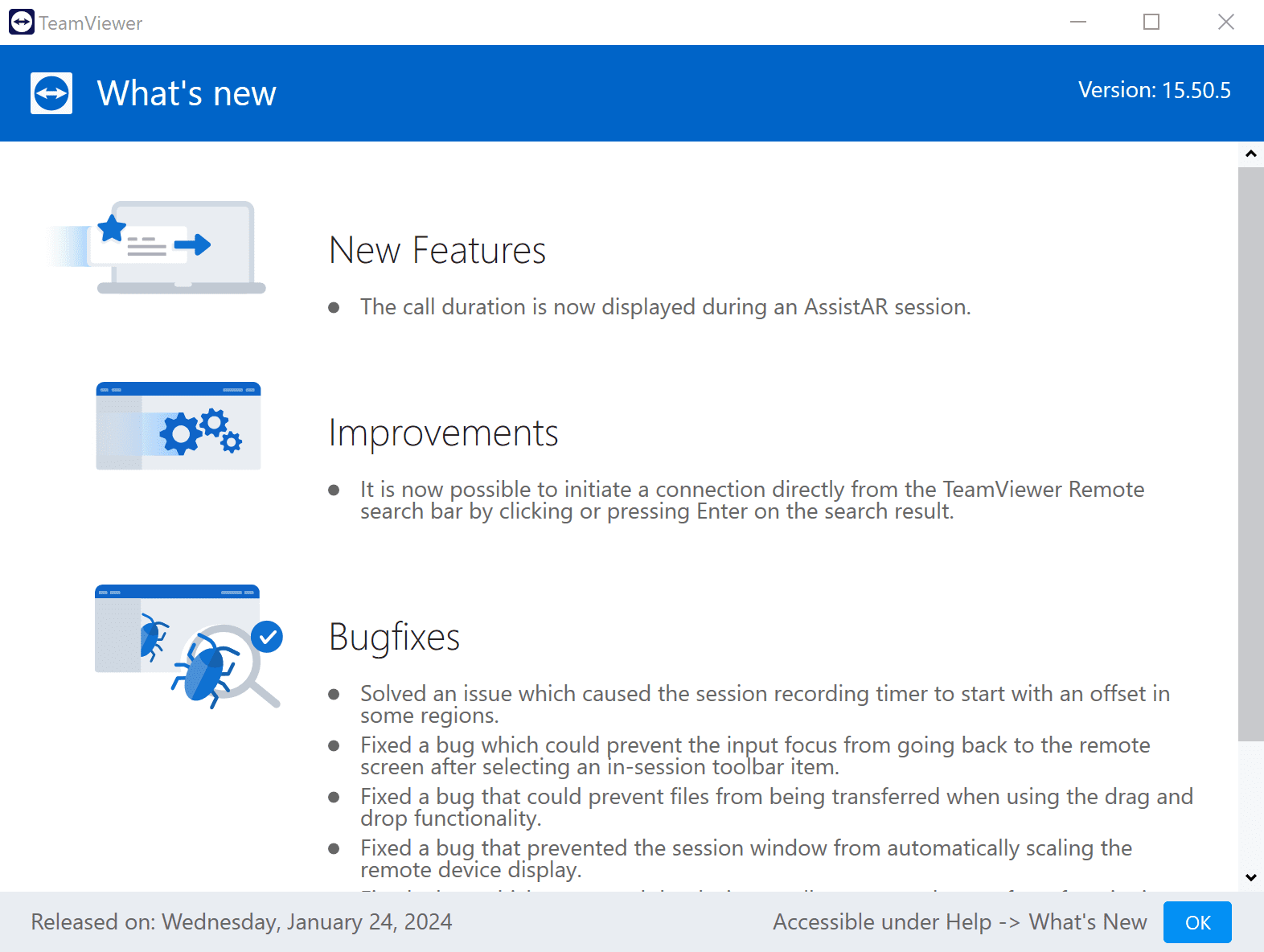
A recently discovered security hole (CVE-2024-0819) in older TeamViewer versions (prior to 15.51.5) could have put your personal password and system security at risk. This flaw allowed even low-level users on shared computers to set a personal password, potentially leading to unauthorized remote access. Fortunately, TeamViewer has released a fix, but it’s crucial to update immediately and take this opportunity to bolster your overall security practices.

Understanding the Threat in More Detail
CVE-2024-0819 was identified as a high-severity flaw with a CVSS score of 7.3, indicating a significant risk level. Imagine your TeamViewer personal password as the digital key to your computer. This password is the gateway for legitimate remote access, helpful for things like remote tech support. However, the vulnerability meant someone else on your shared machine could potentially change that password without your knowledge. This could enable them to gain remote control – a serious privacy breach.
“A low privileged user on a multi-user system, with access to the client, can set a personal password. That potentially allows an unprivileged user to establish a remote connection to other currently logged-in users on the same system,” TeamViewer wrote in its security advisory.
Who Was Most Vulnerable?
While everyone using an affected TeamViewer version needed to patch, the highest risk scenarios involved:
- Shared Computers: Workstations, family computers, or any system with multiple user accounts.
- Weak or Missing Passwords: If your primary TeamViewer account wasn’t protected by strong security measures.
- Those Unaware of the Flaw: Users who may not have realized the implications of this vulnerability before it was patched.
Protecting Yourself: Beyond Just the Patch
-
The #1 Priority: Update NOW!: Upgrade to TeamViewer version 15.51.5 or higher without delay. Don’t put it off!
-
Administrative Lock-Down: Within TeamViewer, enable “Changes require administrative rights on this computer.” This enforces stricter controls for sensitive settings.
-
Options Password: The Second Wall: Set a strong ‘Options’ password in the advanced settings. This acts as another barrier against unauthorized changes.
-
The Power of ‘Easy Access’: TeamViewer’s recommended mode for unattended access. It prioritizes security when you don’t need hands-on remote access regularly.
-
A Fortress of Features: Two-Factor Authentication, Block & Allow lists, and other TeamViewer security tools add multiple layers of defense to your account.